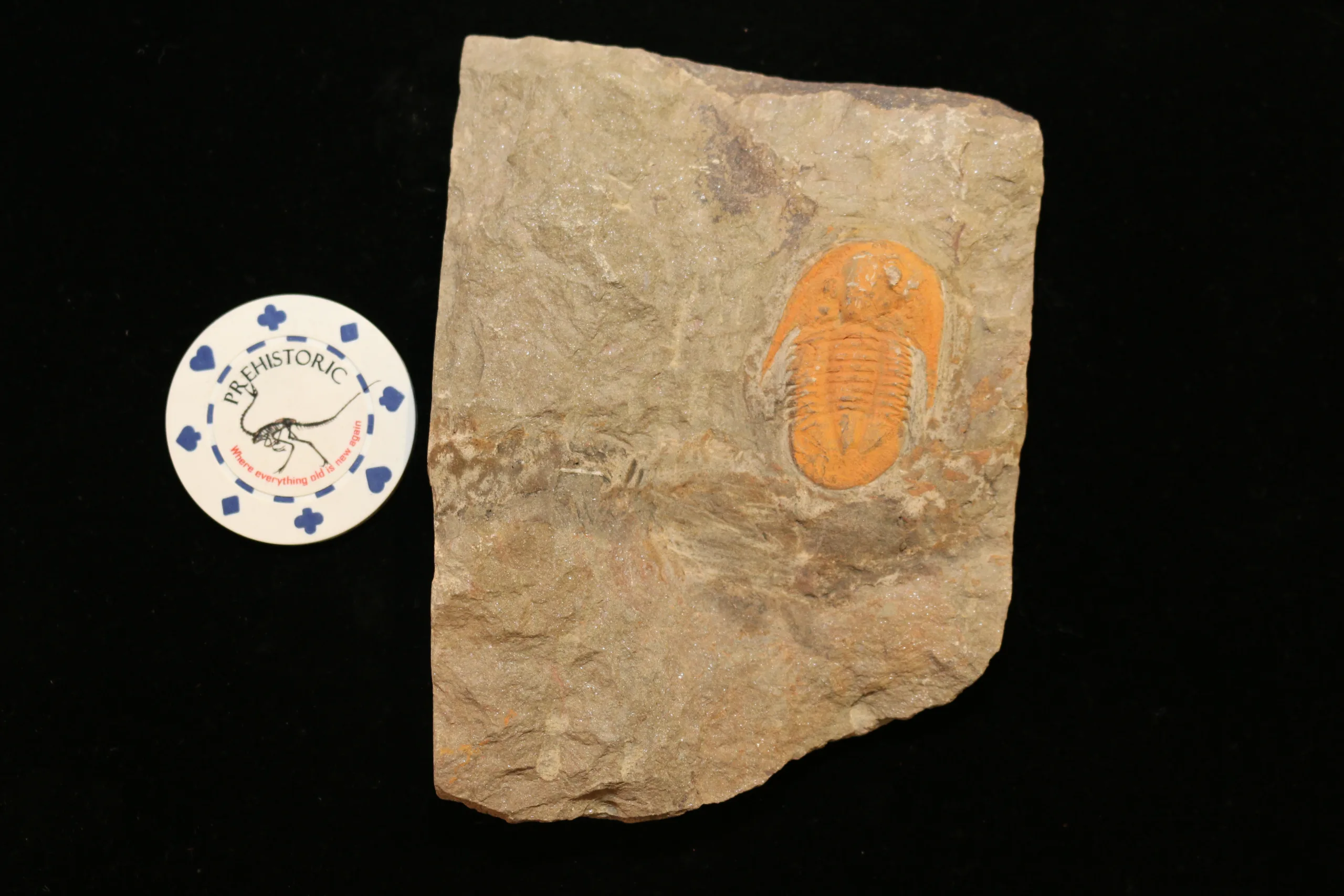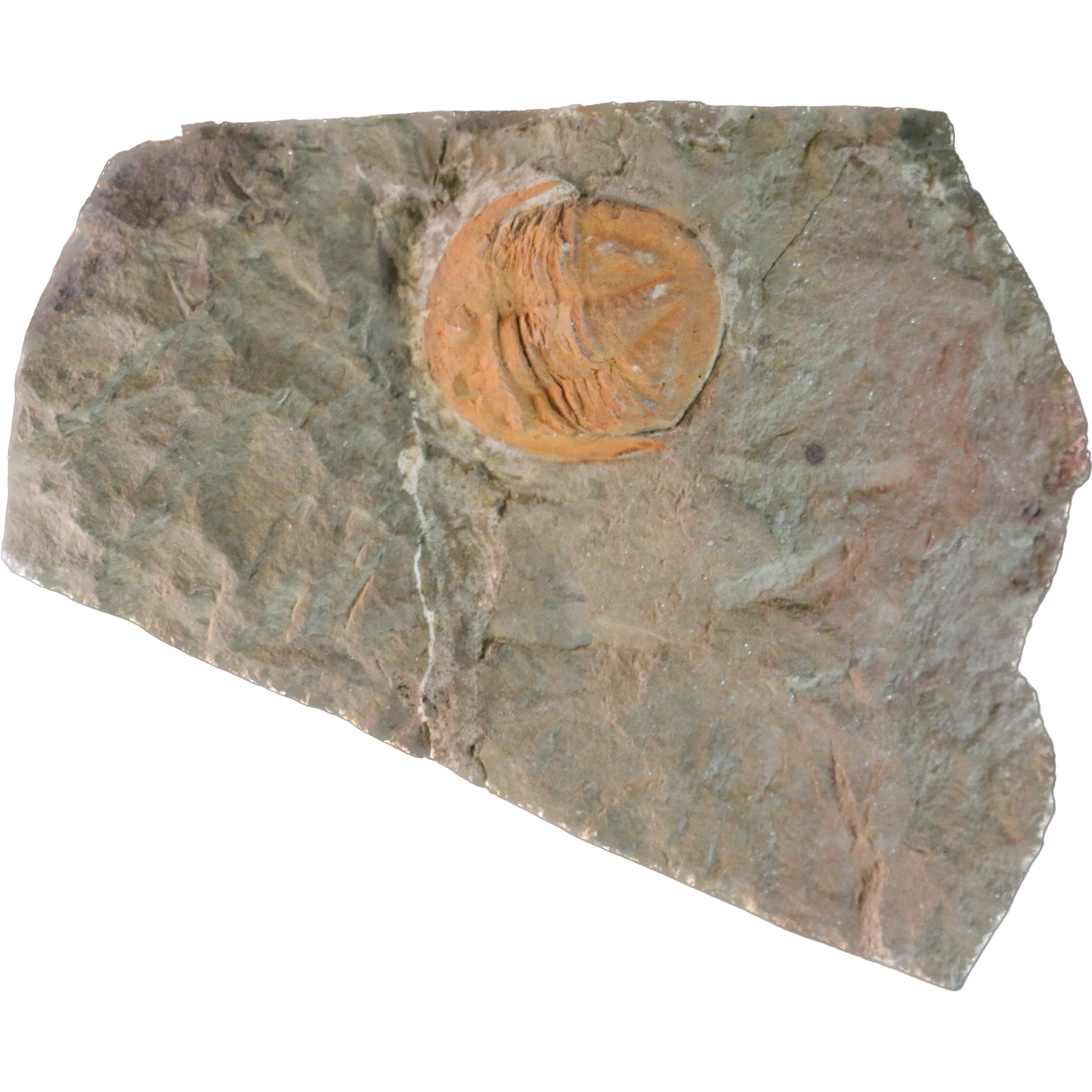Trilobites are a well-known fossil group of extinct marine arthropods that form the class Trilobita. Trilobites form one of the earliest known groups of arthropods. The first appearance of trilobites in the fossil record defines the base of the Atdabanian stage of the Early Cambrian period (526 million years ago), and they flourished throughout the lower Paleozoic era before beginning a drawn-out decline to extinction when, during the Devonian, almost all trilobite orders, with the sole exception of Proetida, died out.
Trilobites finally disappeared in the mass extinction at the end of the Permian about 250 million years ago. The trilobites were among the most successful of all early animals, roaming the oceans for over 270 million years. When trilobites first appeared in the fossil record they were already highly diverse and geographically dispersed.
Because trilobites had wide diversity and an easily fossilized exoskeleton an extensive fossil record was left behind, with some 17,000 known species spanning Paleozoic time. The study of these fossils has facilitated important contributions to paleontology, evolutionary biology and plate tectonics. Trilobites are often placed within the arthropod subphylum.
Trilobites had many life styles; some moved over the sea-bed as predators, scavengers or filter feeders and some swam, feeding on plankton. Most life styles expected of modern marine arthropods are seen in trilobites, with the possible exception of parasitism. Some trilobites are even thought to have evolved a symbiotic relationship with sulfur-eating bacteria from which they derived food.
Drotops is a genus of trilobites from the order Phacopida, family Phacopidae that lived during the Eifelian of the Middle Devonian. It was described by Struve in 1990 under type species Drotops megalomanicus. Their fossils are found in present day Morocco, specifically the Maïder Region located South West of Erfoud.












